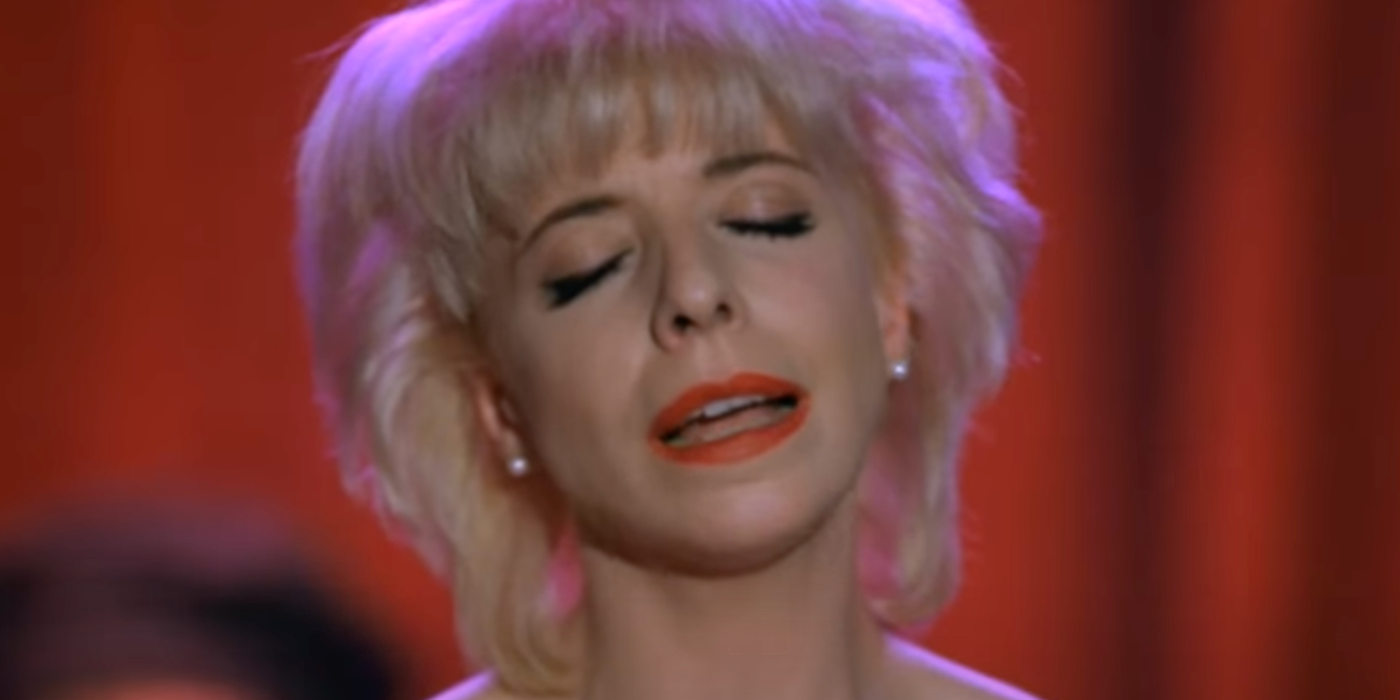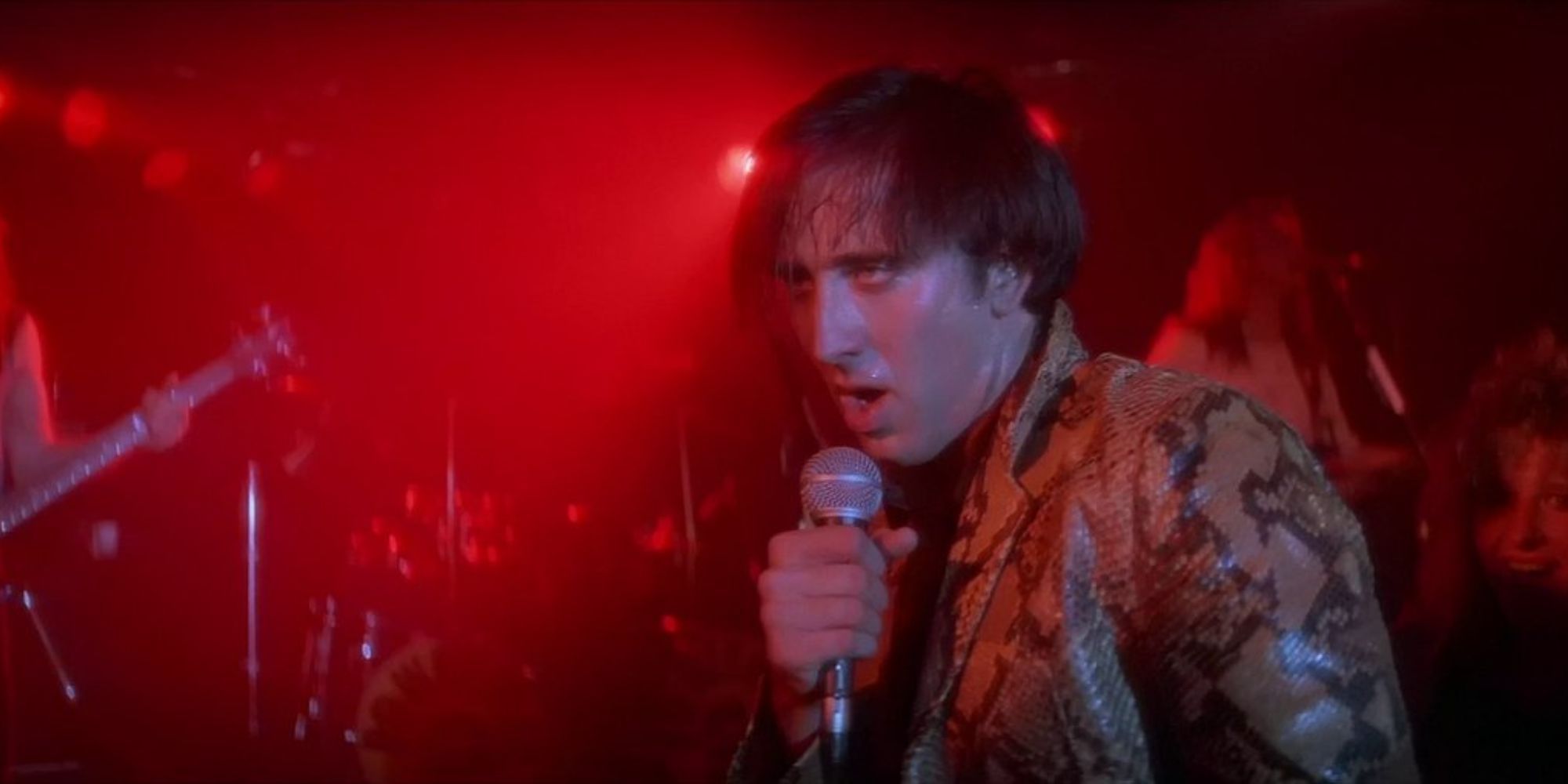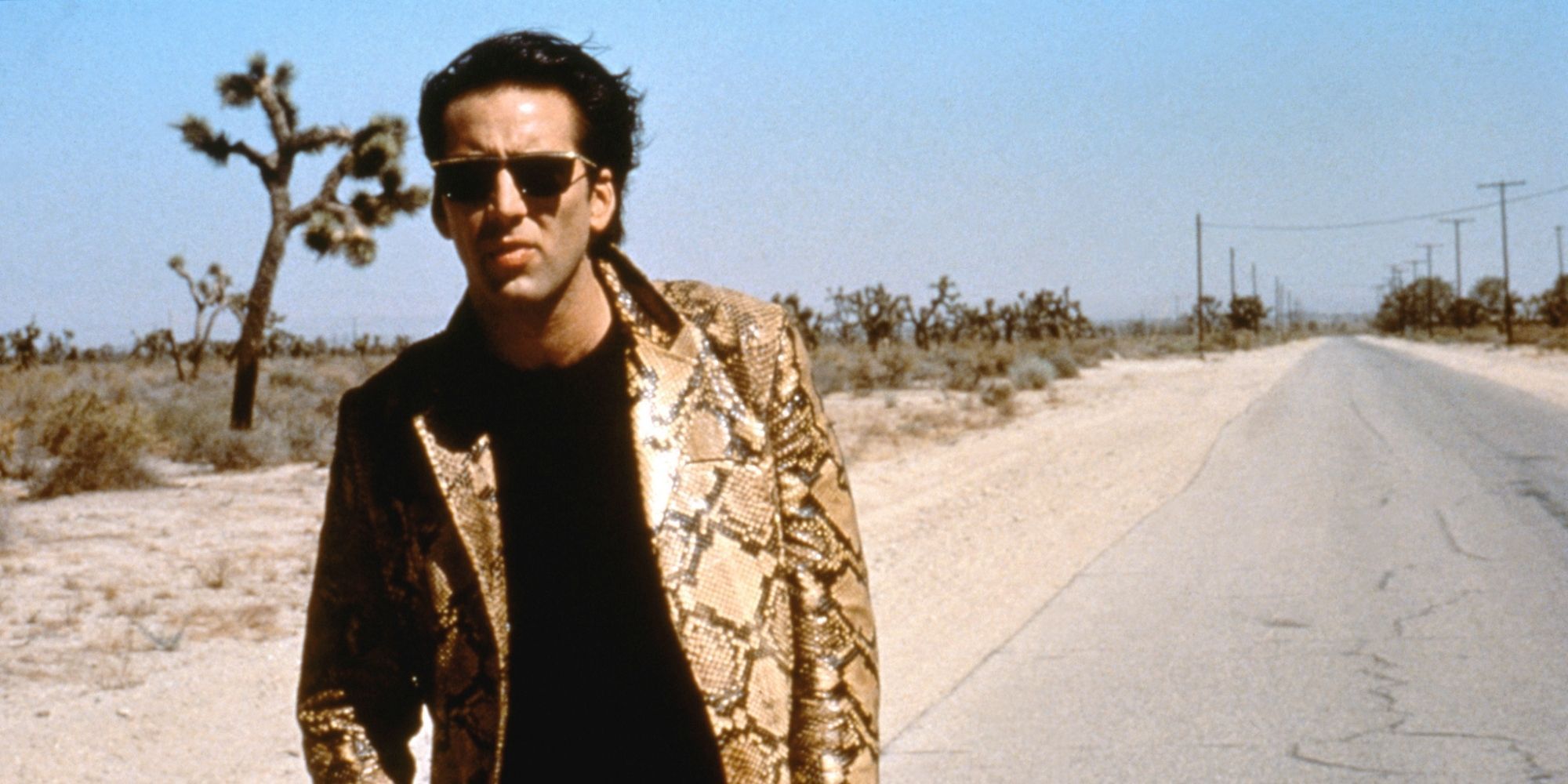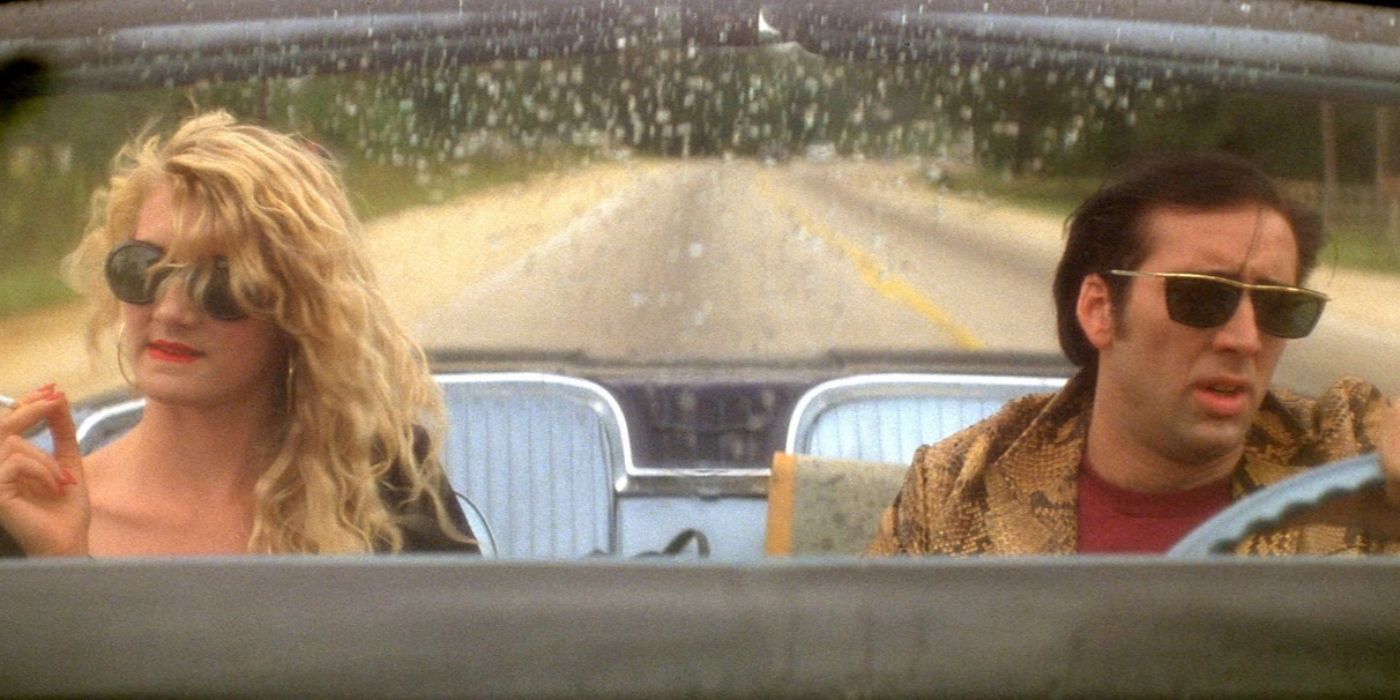A 1990 musical featuring Nicolas Cage and Laura Dern may be the weirdest project of Lynch’s entire career.

THE BIG PICTURE
David Lynch’s musical Industrial Symphony No. 1: The Dream of the Brokenhearted was a strange yet influential project that can be viewed as a companion piece to Lynch’s Wild at Heart .
The surrealist musical featured Wild at Heart stars Nicolas Cage and Laura Dern in ethereal, non-traditional performances. The music was composed by Angelo Badalamenti and Julee Cruise, both of whom would become frequent Lynch collaborators during the production of Twin Peaks .
The emotional Industrial Symphony No. 1 was initially performed live, only later released as a filmed 50-minute version.
Despite the relative brevity of his filmography when compared to other all-time great directors, David Lynch is easily one of the most influential filmmakers in American cinematic history. While he was certainly not the first surrealist filmmaker, as directors like Alejandro Jodorowsky had incorporated challenging elements within their films much earlier, Lynch succeeded in introducing experimental storytelling concepts to a mainstream audience.
While each of Lynch’s films is equally worthy of admiration and analysis, his cinematic output only represents a fraction of his contributions to the artistic community. While he often experimented with different mediums and styles, a 1990 musical featuring Nicolas Cage and Laura Dern may be the weirdest project of Lynch’s entire career.
Why Did David Lynch Make a Musical?
While the failure of his adaptation of Dune had been a major disappointment that derailed a potential franchise, Lynch had grown empowered to commit to his own artistic sensibilities, rather than compromising to the commands of a larger studio infrastructure. Lynch’s offbeat style had found a place with mainstream audiences in the 1980s, as his surrealistic noir film Blue Velvet had been both a significant financial and critical success.
While Blue Velvet is about as anti-commercial of a film as is imaginable, it certainly introduced a significant portion of its audience to sensibilities that they had not been exposed to before. The film’s surprising resonance among average moviegoers suggested that whatever Lynch’s next project was, it would be an event worth anticipating.
By the late end of the decade, Lynch was mounting an attempt at revolutionizing television when he began working on the pilot of Twin Peaks with showrunner Mark Frost. Although Lynch employed many strange techniques when creating the mythology of Twin Peaks, he was still working within the confines of a serialized television series that required him to work with the same material over an extended period of time.
Although sticking to the same narrative could have been creatively uninteresting for such a free-spirited storyteller, Lynch was drawn back to some of the experimental work from his early career amidst the production of Twin Peaks. It had been during his time studying industrial design at the Pennsylvania Academy of Fine Arts that Lynch first took an interest in making mosaic designs and geometric shapes.
Many of Lynch’s greatest student short films were served as experimental “proof of concept” works that teased what he would eventually accomplish with his narrative features. However, Lynch found that the industrial designs he developed as a student could serve as the basis for a new art project.
While he was amidst production on his upcoming road trip dark thriller Wild at Heart, Lynch decided that his new project would best be formatted as a musical performance. Since both Dern and Cage were working on Wild at Heart with Lynch at the time, they were able to star in his latest bizarre experiment.
Getting adjusted to Lynch’s peculiar artistic process may have been a challenge for many performers, but given Cage and Derns’ ongoing collaboration with Lynch, they were perfectly suited for the material.
What Is ‘Industrial Symphony No. 1: The Dream of the Brokenhearted’ About?
 Image via ABC
Image via ABCLike many of Lynch’s projects, the musical Industrial Symphony No. 1: The Dream of the Brokenhearted does not correspond with any traditional narrative structures. The musical explores the fraught emotions of a love-stricken couple in an industrial wasteland, and uses avant-garde imagery in place of dialogue to elicit an emotional response. Dern gives an incredible performance as a woman who floats above the ruinous wasteland of a geometric structure.
Cage appears as an unnamed boyfriend, whose neglect inspires Dern’s character to sing a powerful love ballad. The music was composed by Angelo Badalamenti and Julee Cruise, who would become frequent Lynch collaborators during the production of Twin Peaks.
The musical was designed as a live performance, and was performed twice at the Brooklyn Academy of Music in New York during New Music America Festival in 1989. In addition to Dern and Cage, Industrial Symphony No. 1: The Dream of the Brokenhearted also featured appearances by Cruise and actor Michael J. Anderson, best known for playing “The Man From Another Place” in Twin Peaks.
While only a select number of viewers were able to see the production in its intended format, Lynch ultimately released a 50-minute filmed version of the performance in 1990 that included Badalamenti’s great music. The footage was subsequently re-released as part of the David Lynch: The Lime Green Set DVD collection in 2008.
While it’s considered a minor work within his extensive filmography, Industrial Symphony No. 1: The Dream of the Brokenhearted was highly influential on the style and tone of Twin Peaks. While many of the songs were taken from Cruise’s 1989 debut album Floating into the Night, Lynch would utilize them once more for key moments in Twin Peaks.
The songs “Rockin’ Back Inside My Heart” and “The World Spins” were featured in the memorable Season 2 episode “Lonely Souls,” and Cruise’s performance of “The World Spins” was later incorporated into Episode 17 of Twin Peaks: The Return.
David Lynch’s Musical Is a Companion to ‘Wild at Heart’




Although Industrial Symphony No. 1: The Dream of the Brokenhearted is often associated with Twin Peaks due to its shared musical connection, the short film serves as a perfect companion to Wild at Heart.
Lynch’s controversial Palme d’Or winner also features Dern and Cage as a young couple in love who are forced to contend with the cruelty of the world. Both projects feature dreamlike, hallucinatory visuals that are placed in sharp contrast to the sincere romantic storyline of the narrative.
Lynch’s willingness to create such bizarre projects speaks to his sincerity as an artist, as he often works on strange projects that have little chance of reaching outside selective circles of his devoted fans. This suggests that Lynch’s work on short-form content is satisfying enough in its own right, and that he is not looking to appease an audience that is averse to his tendencies.